Exploring India's ancient history through its architectural wonders
India is a land of diverse cultures, religions, and architectural wonders. Its rich history is evident in the many breathtaking structures that adorn its landscape. The country has a long and fascinating architectural heritage that spans thousands of years, from the Indus Valley Civilisation to the Mughal Empire. Each era has left its mark on India's architecture, resulting in a stunning array of styles and designs. In this article, we will take a closer look at India's ancient history through its architectural wonders.
The Indus Valley Civilisation
The Indus Valley Civilisation, which dates back to 2600 BCE, is considered to be one of the earliest civilisations in the world. The ancient city of Mohenjo-daro, located in present-day Pakistan, is a remarkable example of the civilisation's architectural achievements. The city features a well-planned layout, with streets laid out in a grid pattern and houses constructed with baked bricks. The Great Bath, a large water tank built of bricks and plaster, is one of the most impressive structures in the city.
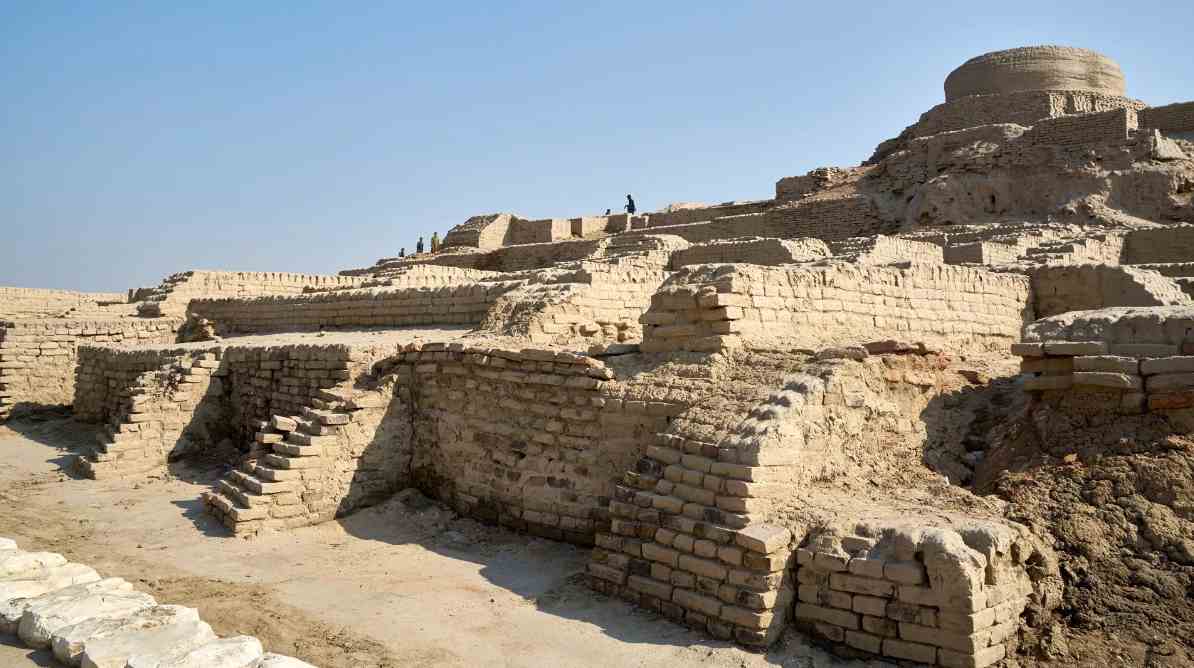
The Mauryan period
Moving ahead to the Mauryan period, we come across the famous Ashoka Pillars. These pillars were built by Emperor Ashoka to spread the principles of Buddhism throughout his empire. The pillars are made of sandstone and feature intricate carvings of animals, birds, and Buddhist symbols. The Sanchi Stupa, located in the present-day state of Madhya Pradesh, is another remarkable example of Mauryan architecture. The stupa, which dates back to the 3rd century BCE, is adorned with carvings and sculptures that depict stories from the life of Buddha.
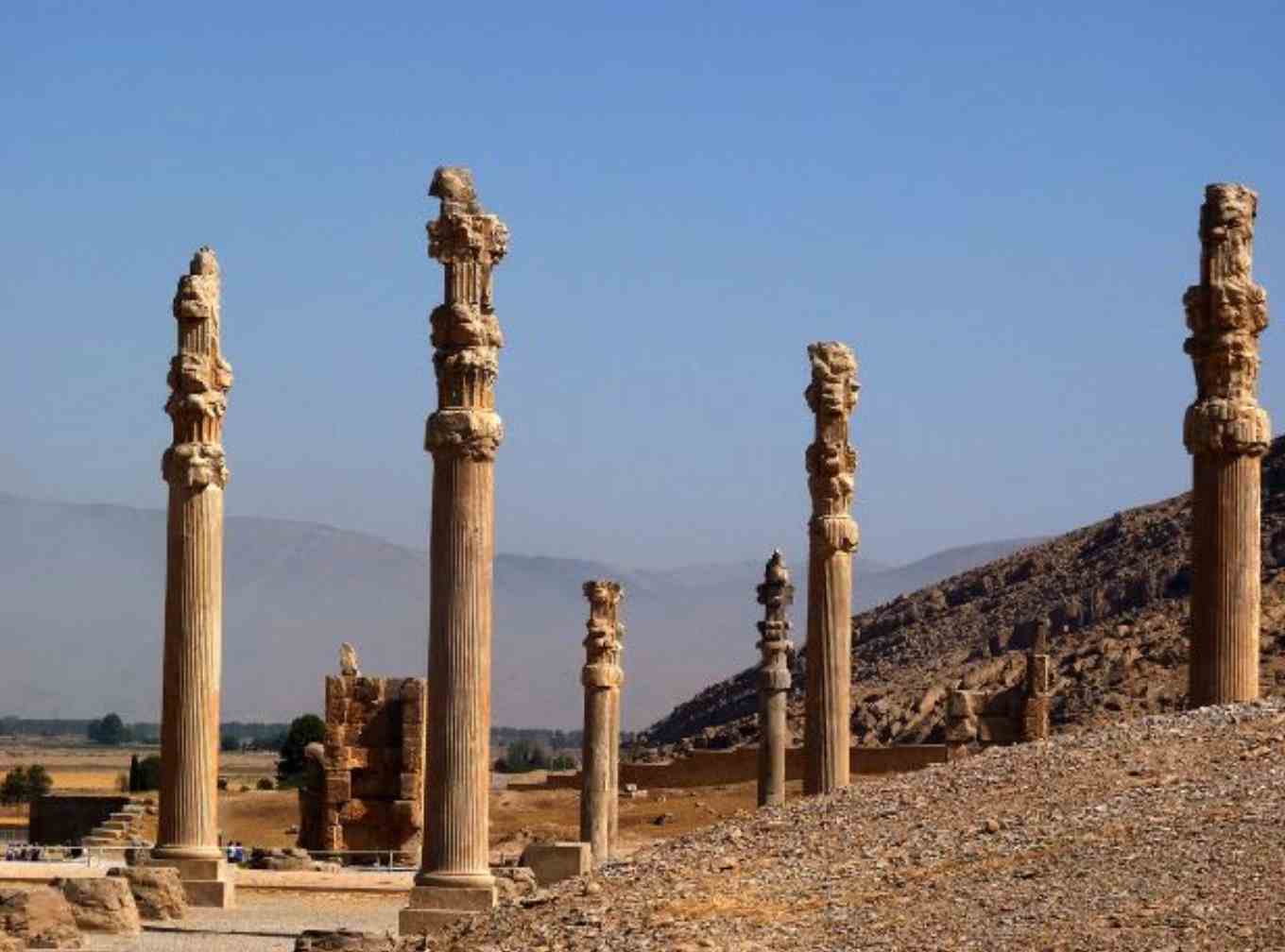
The Gupta period
The Gupta period, which lasted from the 4th to the 6th century CE, is considered to be the golden age of Indian architecture. The famous temple complex at Ellora, located in the state of Maharashtra, is a stunning example of Gupta architecture. The complex features rock-cut temples that are carved out of the volcanic basaltic rock. The Kailash Temple, one of the largest monolithic structures in the world, is the highlight of the complex.
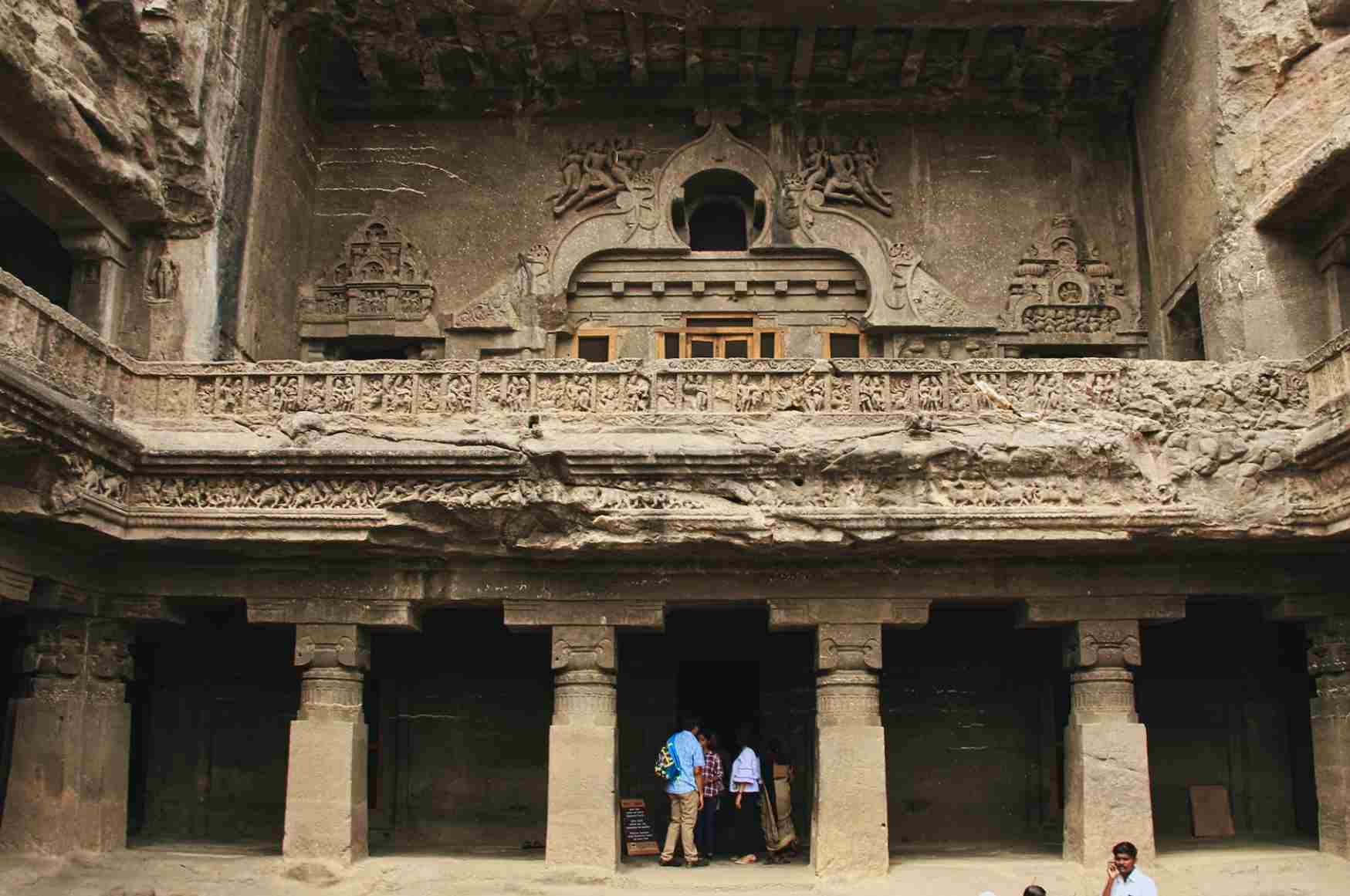
The Chola dynasty
The Chola dynasty, which ruled southern India from the 9th to the 13th century CE, left behind a rich legacy of temple architecture. The Brihadeeswara Temple in Thanjavur, Tamil Nadu, is considered to be one of the finest examples of Chola architecture. The temple, which was built in the 11th century CE, is dedicated to Lord Shiva and features a towering vimana (tower) that is over 200 feet tall. The temple is also adorned with intricate carvings and sculptures that depict scenes from Hindu mythology.
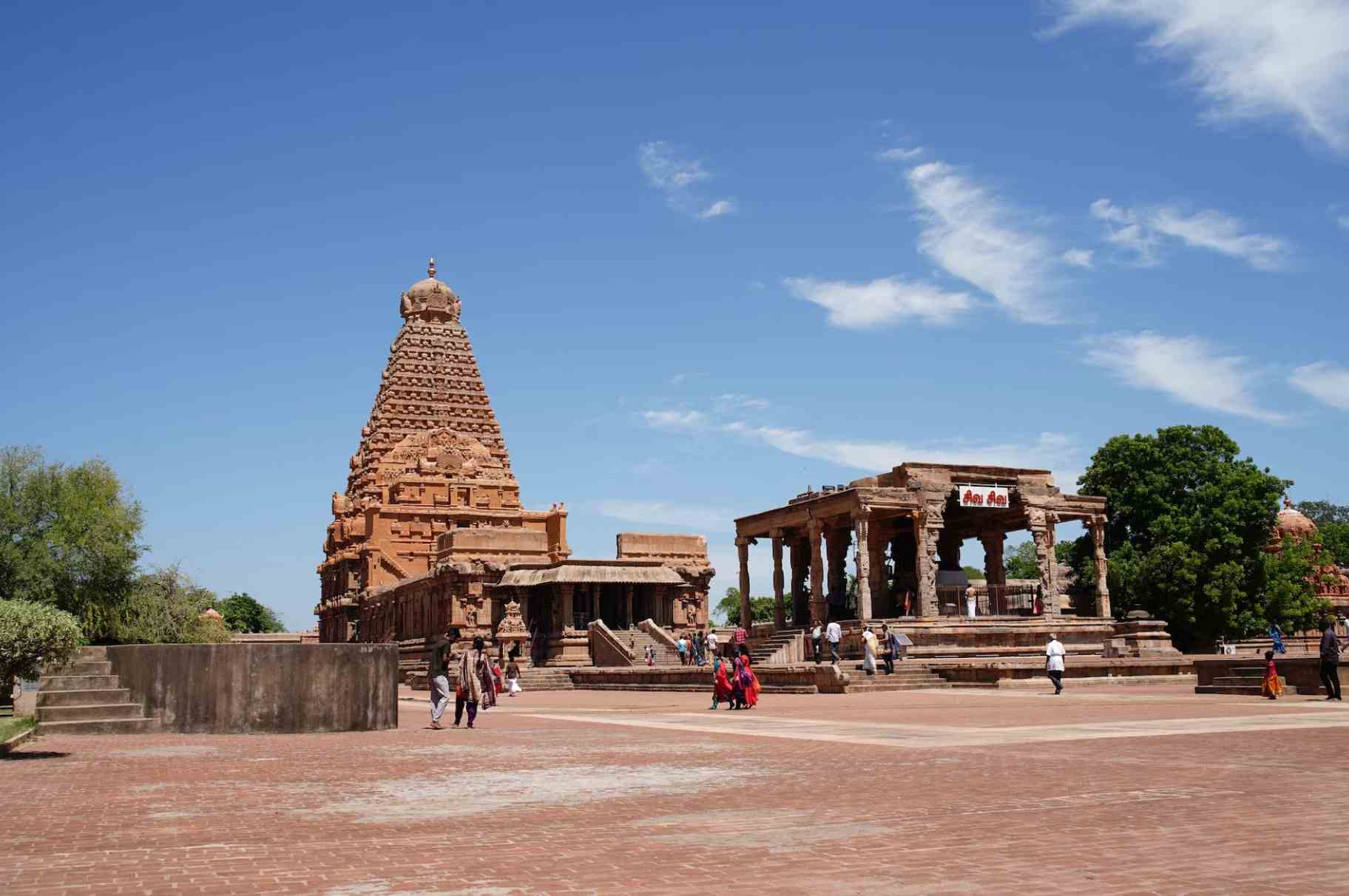
The Mughal period
The Mughal period, which lasted from the 16th to the 19th century CE, is known for its magnificent forts, palaces, and mosques. The Taj Mahal, located in Agra, is undoubtedly the most famous of all Mughal structures. The white marble mausoleum, built by Emperor Shah Jahan in memory of his beloved wife Mumtaz Mahal, is considered to be one of the seven wonders of the world. The Red Fort in Delhi and the Fatehpur Sikri complex in Agra are other notable examples of Mughal architecture.
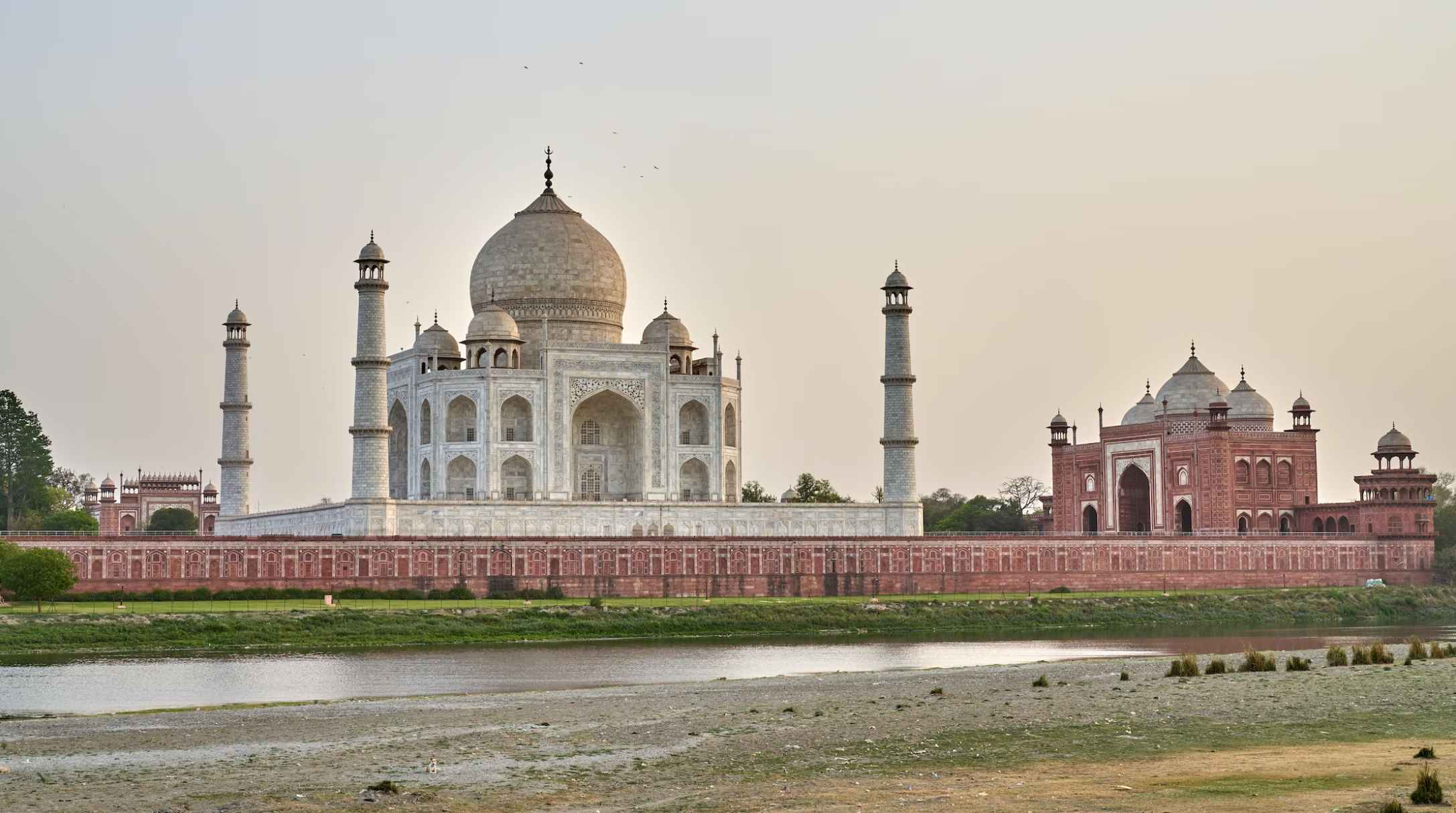
In conclusion, India's ancient history is a treasure trove of architectural wonders. From the Indus Valley Civilisation to the Mughal Empire, each era has left behind a unique legacy that is still visible today. Exploring these architectural wonders is not only a great way to learn about India's rich history but also a visual treat for architecture enthusiasts.



























































































































































































































































